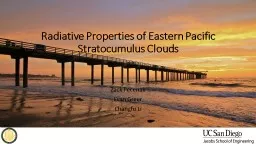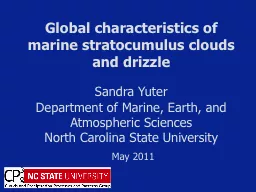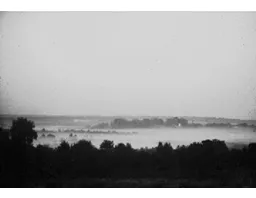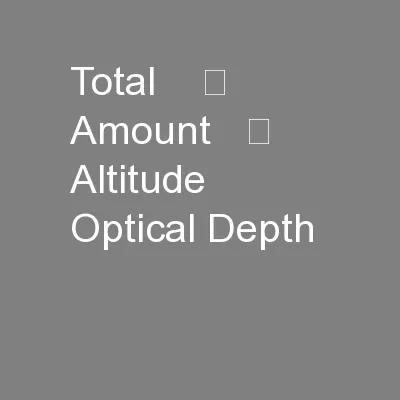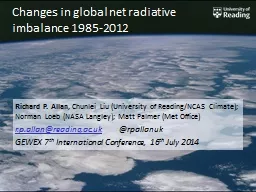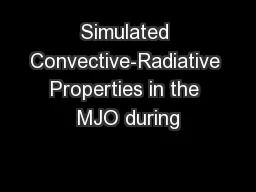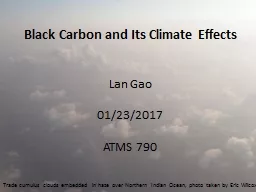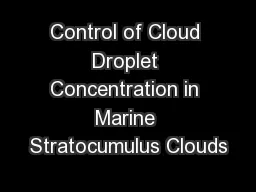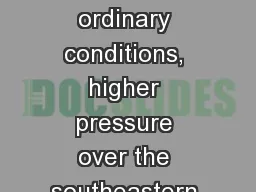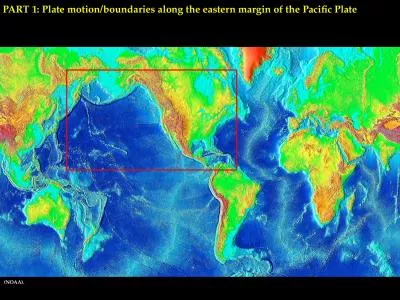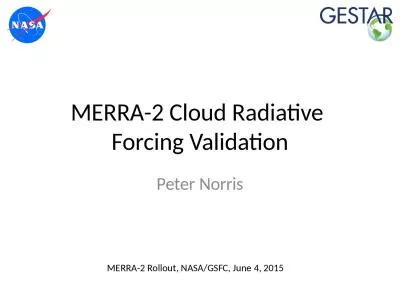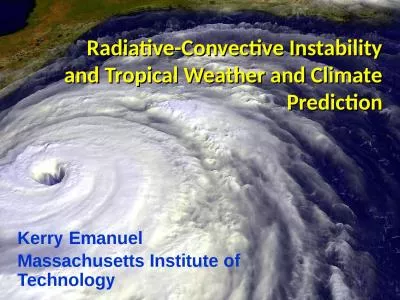PPT-Radiative Properties of Eastern Pacific Stratocumulus Cloud
Author : kittie-lecroy | Published Date : 2016-06-26
Zack Pecenak Evan Greer Changfu Li Climate Change Implications Problem Ongoing climate change Solution Climate engineering Solar Radiation Management Increasing
Presentation Embed Code
Download Presentation
Download Presentation The PPT/PDF document "Radiative Properties of Eastern Pacific ..." is the property of its rightful owner. Permission is granted to download and print the materials on this website for personal, non-commercial use only, and to display it on your personal computer provided you do not modify the materials and that you retain all copyright notices contained in the materials. By downloading content from our website, you accept the terms of this agreement.
Radiative Properties of Eastern Pacific Stratocumulus Cloud: Transcript
Download Rules Of Document
"Radiative Properties of Eastern Pacific Stratocumulus Cloud"The content belongs to its owner. You may download and print it for personal use, without modification, and keep all copyright notices. By downloading, you agree to these terms.
Related Documents

